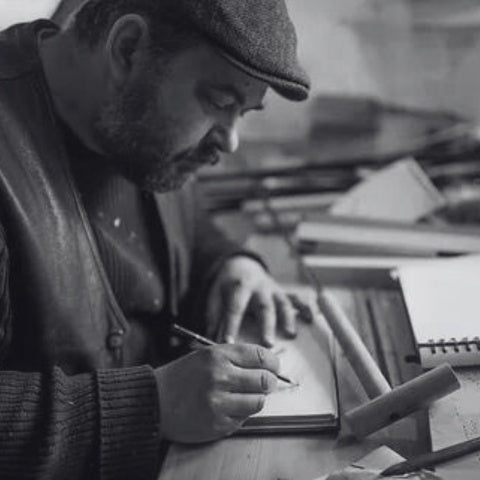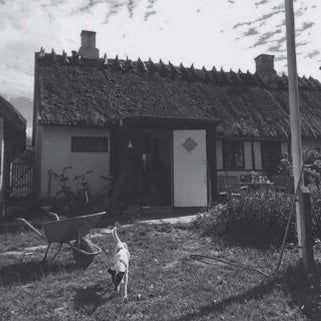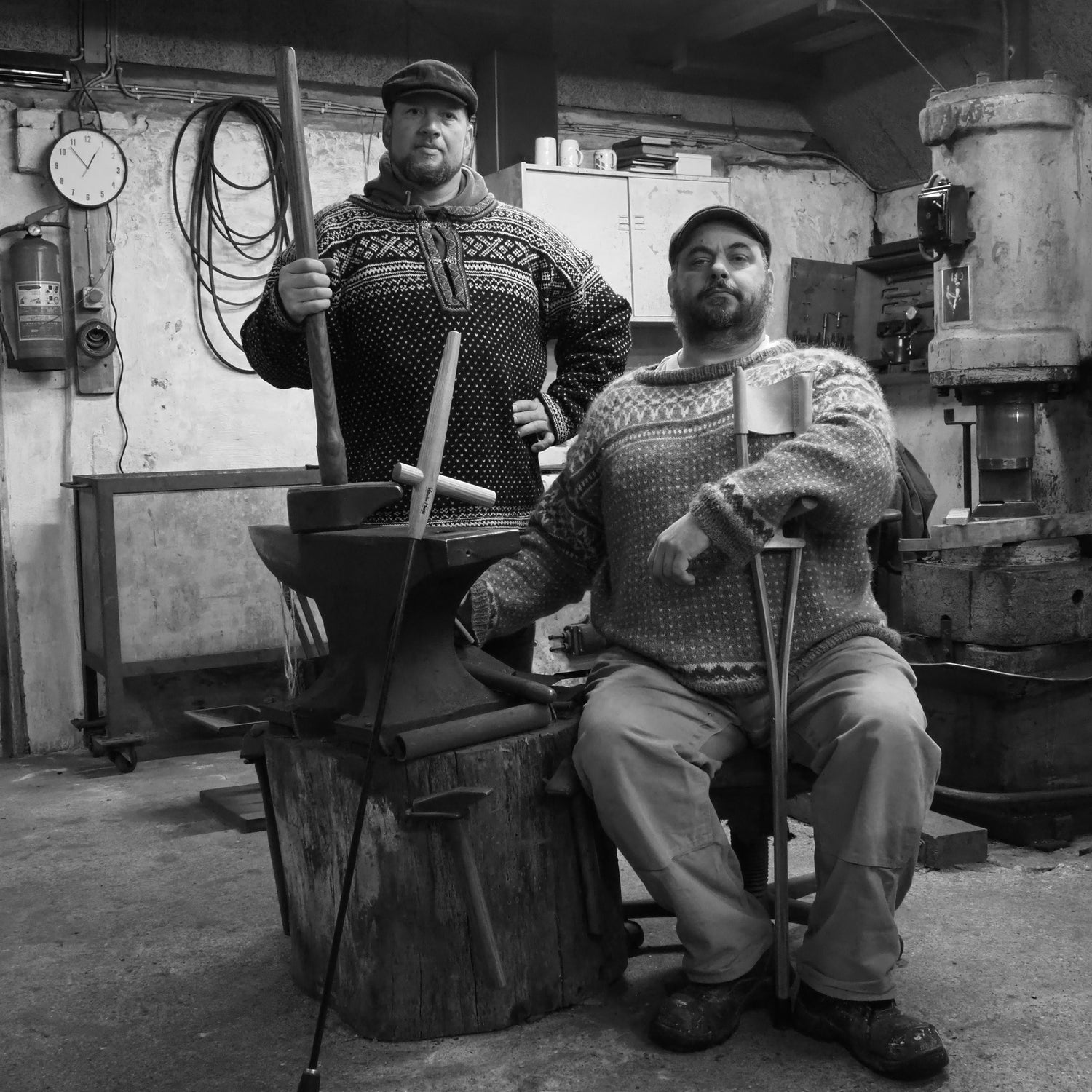Mission, history and thoughts
At Vilhelm Hertz, our mission is to revolutionize the perception of mobility aids such as walking sticks and crutches. We strive to combine functionality with aesthetics, creating products that serve not only as practical aids, but also as stylish accessories that strengthen users' independence and self-confidence.
In our approach, we focus on carefully selected materials, such as oak, natural ash wood and carbon fiber, to ensure both durability and elegance. We work with physiotherapists and physiologists to ensure that our design is ergonomically and comfortably adapted to the user's needs.
Our goal at Vilhelm Hertz is to unite mobility and elegance and thereby redefine how personal aids are perceived and used. We want our products to not just become a necessary part of the users' daily life, but an attractive and valued part of their lifestyle.
We want to give people the opportunity to take control of their lives, by not seeing themselves as ' disabled ' but rather ' having a disability '.
We strive to offer solutions that enable our customers to live fully and richly, with dignity and self-confidence.
The story
Kristoffer Vilhelm was contacted by a lady who had heard of his unique ability to repair anything. She presented him with a pair of old crutches that she had been given at a young age, but which were now worn out and felt too youthful for her who had turned 35. Kristoffer set about repairing them, but soon realized that it was a more complicated task than expected.
The first crutch
Instead, he decided to design an entirely new set of crutches. However, it turned out to be a challenge. The project became more and more fascinating and complex as it had to meet various requirements, including EU standards. Kristoffer strove to create a crutch that was both functional and robust, but also beautiful and elegant - something that people would wear with pride, just like glasses, originally a practical aid but now also a fashion statement.
Inspiration
The inspiration came from the Abrams tank that was tried to be silenced, but when it failed it was made extra noisy with a frequency that made it impossible to locate the location.
Kristoffer wanted to transfer this thought to the crutches. It had to be done by creating such a strikingly beautiful crutch that the disability itself was made invisible.
He was further inspired by conversations with a family friend, a senior physician specializing in physiology who had a deep understanding of movement. Her insight into the body's natural elasticity and how this principle could be transferred to aids such as crutches was decisive for the design. The design is inspired by the animal world and their natural flexible movements.
Robust and flexible
Kristoffer set out to create crutches that were both elastic and durable, as reliability was the key to users' confidence. After numerous attempts and failed designs, they finally succeeded in producing a working crutch. The woman who had contacted him tested the first model, and after countless adjustments - from the leatherwork to the handle - the crutch eventually became a success.
The best position is the next position
During this development process, Kristoffer found inspiration in ancient craftsmanship, including the study of ancient Roman weapons. But it was the Zinck-Lysbro shovel , a classic piece of Danish craftsmanship, that eventually gave him the greatest insight. In contrast to the Fiskars shovel, efficient for small tasks but inadequate for larger tasks, the Zinck-Lysbro shovel symbolized the need for adaptation to different working positions - a concept that became fundamental in the design of the Vilhelm Hertz crutches.
With a focus on " the next position is the best position, " Kristoffer and his team created crutches and canes that encourage frequent changes in hand positions to avoid blisters and joint wear, unlike traditional crutches with hand-shaped handles. This philosophy emphasizes the importance of movement and adaptation, not only in working life, but also in everyday life.


Human dignity at the center
For many people with a disability, it can feel like an additional stigma that the aids are so conspicuous and uniform - despite the fact that they have actually tried to be discreet.
The feeling of visibility you don't want is there, and this is where we will try to go a different way.
We want to do something that is very visible in order to break the stigma. And why then? Indeed, if we are to break a stigma, the break does not come from the outside world, but from ourselves. You have to show that you are proud of being yourself.
That's why we produce crutches that you can proudly show off and that you can help make your mark on.
In our design, we have chosen to emphasize that this is a beautiful art object that must fit a purpose. Just as a designer chair must be suitable to sit on, while also being beautiful.
When you buy a crutch from Vilhelm Hertz, they are designed and built by ourselves and other local craftsmen in Halsnæs. In other words, it is Danish Design in the proud Danish tradition.
We are craftsmen of a high professional standard, and we make each crutch especially for you. All models are varied according to your wishes and needs.
So you can choose aesthetics AND comfort if you have a disability.
“Some people have a disability that requires an aid. They are not disabled. That distinction is essential for us at Vilhelm Hertz.”

